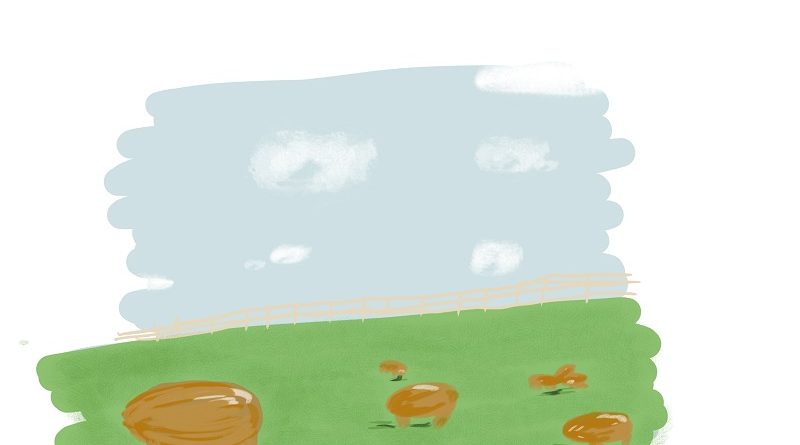Opinion: Not Milk!
If cow’s milk is natural for humans, why does the dairy industry feel the need to spend hundreds of millions a year to advertise it? If milk provided the calcium and strong bones that Big Dairy advocates, then why then does America — where the industry produces the most milk — have more people with osteoporosis than those in developing nations? A Harvard study was published suggesting a partial notion for the long-standing enigma that hip fracture rates are highest in populations with the greatest milk consumption. The more milk a person drinks, the higher risk a person has on getting hip fractures. Big Dairy has tried to convince the world for several years that milk is good — and sadly they have succeeded. The interest of the dairy industry is to make money off cows, which is why they market milk heavily in the lens of nutrition despite it being based on false claims.
Today, many people believe they should drink two to three glasses of milk a day because of all the erroneous slogans such as “milk does a body good” and “milk will make you grow.” Studies have shown no correlation between milk strengthening bones, boosting growth or even being a sufficient supply of calcium. In fact, research has shown adverse effect of milk on individuals. Milk is the main dietary source of D-galactose which most of us cannot even process. To tell the truth, “about 75 percent of the world’s populations, including 25 percent of those in the U.S., lose their lactase enzymes after weaning” according to The Physicians Committee. It is not a coincidence that majority of the world is lactose intolerant.
Biologically speaking, it makes sense that we only truly need milk when we are a baby and even then, we only need milk from our mother — not a whole other species’ milk. Humans are the only species who drink another species’ milk. A cow can only make milk when it is going to have a calf, which is why the dairy industry uses machines to inseminate cows — in other words, it is far from natural. Experimental confirmation in several animal species has shown that exposure to D-galactose through one or two glasses of milk a day have aged animals as well as inflicted chronic inflammation, decreased immune response and stress damage. A Swedish study published in the British Medical Journal observed 100,000 men and women followed up to 20 years — that those who drank milk had higher rates of death, heart disease and cancer. Three glasses of milk a day was associated with twice the risk of death and women had increase bone and hip fractures. Studies are already proving the dangerous effects of milk, giving evidence that people should make the switch to plant based dairy alternative beverages.
Consumers are now faced with a new array of plant-based dairy alternative beverages choices, such as milks made from almonds, rice, quinoa, flax, peas, peanuts and pistachios. Plant based milk alternatives are the treasure trove for those who are following a vegan lifestyle and those who are lactose-intolerant or have a food allergy. These alternatives are free from hormones, antibiotics and additional harmful additives that can be found in dairy. More than anything, these beverages are for just about anyone looking for a healthier alternative. Most non-dairy milks are low in calorie and sugar compared to dairy. They also often have 50 percent more calcium per serving than their counterpart. Calcium is important for keeping teeth and bones strong. Additionally, plant-based dairy alternatives have a substantially smaller environmental footprint involved in making their products as opposed to dairy products. So know this: If you choose to pick up a plant-based milk alternative in the grocery, not only will your health thank you, but the cows and planet will be happy too.






